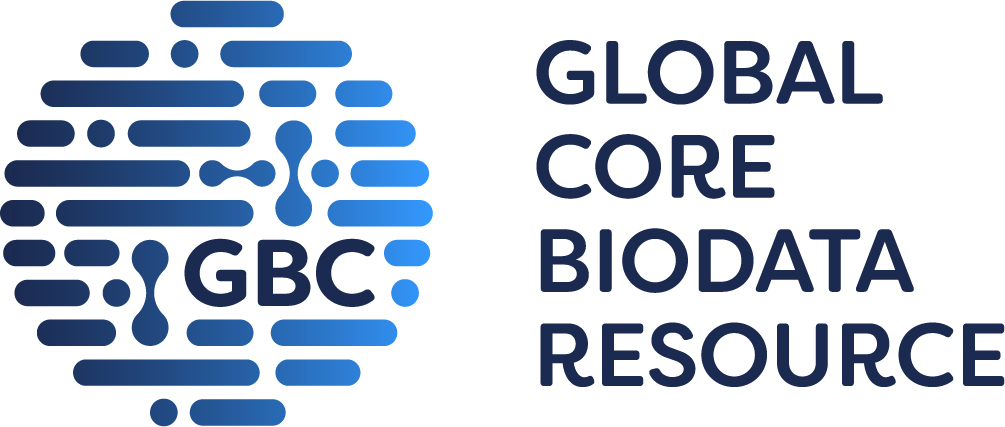
GtoPdb is requesting financial support from commercial users. Please see our sustainability page for more information.
3.5.1.- Histone deacetylases (HDACs): Introduction
The histone deacetylase family has been classified in to five subfamilies based on phylogenetic comparison with yeast homologues:
Class I contains HDACs 1, 2, 3 and 8
Class IIa contains HDACs 4, 5, 7 and 9
Class IIb contains HDACs 6 and 10
Class III contains the sirtuins (SIRT1-7)
Class IV contains only HDAC11.
Classes I, II and IV use Zn+ as a co-factor, whereas catalysis by Class III enzymes requires NAD+ as a co-factor, and members of this subfamily have ADP-ribosylase activity in addition to protein deacetylase function [9].
HDACs have more general protein deacetylase activity, being able to deacetylate lysine residues in non-histone proteins [2] such as microtubules [4], the hsp90 chaperone [5] and the tumour suppressor p53 [7].
Dysregulated HDAC activity has been identified in cancer cells and tumour tissues [6,8], making HDACs attractive molecular targets in the search for novel mechanisms to treat cancer [13]. Several small molecule HDAC inhibitors are already approved for clinical use: romidepsinromidepsin, belinostatbelinostat, vorinostatvorinostat, panobinostatpanobinostat, valproic acidvalproic acid and tucidinostattucidinostat. HDACs and HDAC inhibitors currently in development as potential anti-cancer therapeutics are reviewed by Simó-Riudalbas and Esteller (2015) [10].
Sirtuin-activating compounds (STACs) are receiving much attention as they appear to improve organ function, physical endurance, disease resistance and longevity in animal models, and have been shown to be safe and effective in treating inflammatory and metabolic disorders in non-human primates and in humans (see SRT2104 for example). The potential of STACs as life-extending/anti-ageing drugs is reviewed in [1]. In the sporting world the potential for SIRT1 activators to be used as (illcit) performance enhancers has not gone unnoticed, and is being monitored [11-12].
Beyond oncology, HDACs are also key regulators of CD4+ T cell-mediated immunity in mice and humans, which are being investigated as drug targets whose pharmacological modulation has potential for the treatment of T cell-mediated immune diseases [3].
References
1. Bonkowski MS, Sinclair DA. (2016) Slowing ageing by design: the rise of NAD(+) and sirtuin-activating compounds. Nat Rev Mol Cell Biol, 17 (11): 679-690. [PMID:27552971]
2. Choudhary C, Kumar C, Gnad F, Nielsen ML, Rehman M, Walther TC, Olsen JV, Mann M. (2009) Lysine acetylation targets protein complexes and co-regulates major cellular functions. Science, 325 (5942): 834-40. [PMID:19608861]
3. Ellmeier W, Seiser C. (2018) Histone deacetylase function in CD4+ T cells. Nat Rev Immunol, 18 (10): 617-634. [PMID:30022149]
4. Hubbert C, Guardiola A, Shao R, Kawaguchi Y, Ito A, Nixon A, Yoshida M, Wang XF, Yao TP. (2002) HDAC6 is a microtubule-associated deacetylase. Nature, 417 (6887): 455-8. [PMID:12024216]
5. Kovacs JJ, Murphy PJ, Gaillard S, Zhao X, Wu JT, Nicchitta CV, Yoshida M, Toft DO, Pratt WB, Yao TP. (2005) HDAC6 regulates Hsp90 acetylation and chaperone-dependent activation of glucocorticoid receptor. Mol Cell, 18 (5): 601-7. [PMID:15916966]
6. Lin RJ, Sternsdorf T, Tini M, Evans RM. (2001) Transcriptional regulation in acute promyelocytic leukemia. Oncogene, 20 (49): 7204-15. [PMID:11704848]
7. Luo J, Su F, Chen D, Shiloh A, Gu W. (2000) Deacetylation of p53 modulates its effect on cell growth and apoptosis. Nature, 408 (6810): 377-81. [PMID:11099047]
8. Ropero S, Esteller M. (2007) The role of histone deacetylases (HDACs) in human cancer. Mol Oncol, 1 (1): 19-25. [PMID:19383284]
9. Sauve AA. (2010) Sirtuin chemical mechanisms. Biochim Biophys Acta, 1804 (8): 1591-603. [PMID:20132909]
10. Simó-Riudalbas L, Esteller M. (2015) Targeting the histone orthography of cancer: drugs for writers, erasers and readers. Br J Pharmacol, 172 (11): 2716-32. [PMID:25039449]
11. Thevis M, Kuuranne T, Walpurgis K, Geyer H, Schänzer W. (2016) Annual banned-substance review: analytical approaches in human sports drug testing. Drug Test Anal, 8 (1): 7-29. [PMID:26767774]
12. Thevis M, Schänzer W. (2016) Emerging drugs affecting skeletal muscle function and mitochondrial biogenesis - Potential implications for sports drug testing programs. Rapid Commun Mass Spectrom, 30 (5): 635-51. [PMID:26842585]
13. West AC, Johnstone RW. (2014) New and emerging HDAC inhibitors for cancer treatment. J Clin Invest, 124 (1): 30-9. [PMID:24382387]
How to cite this page
To cite this family introduction, please use the following:
3.5.1.- Histone deacetylases (HDACs), introduction. Last modified on 20/02/2019. Accessed on 28/12/2025. IUPHAR/BPS Guide to PHARMACOLOGY, https://www.guidetopharmacology.org/GRAC/FamilyIntroductionForward?familyId=848.







